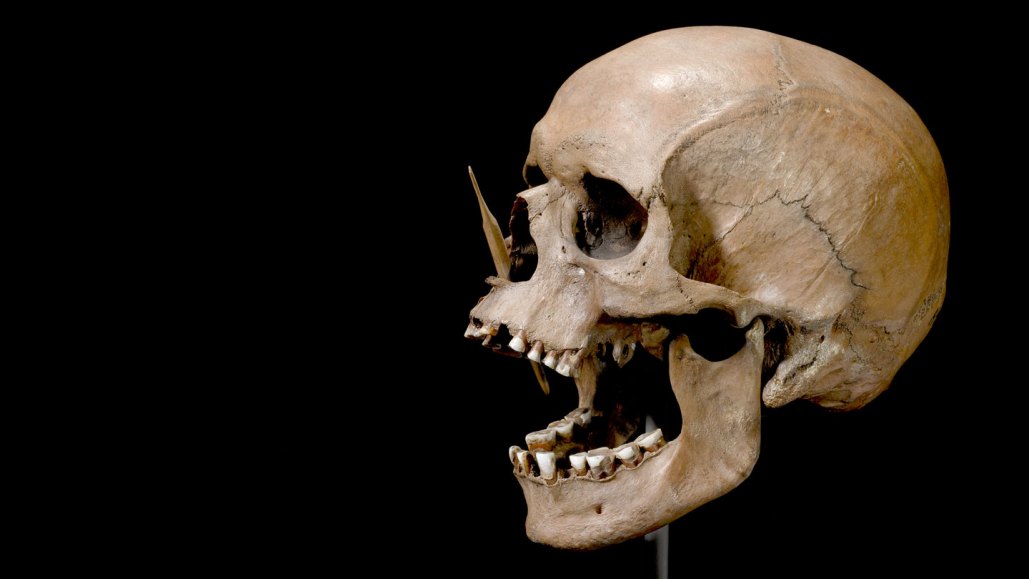The Genetic Story of Northern Europeans Altered by Ancient Herders

The DNA divide between farmer and hunter-gatherer-fisher communities, over an extensive geographical area, was erased about 5,000 years ago by ancient herders. These herders, known as the Yamnaya, rode horses and guided ox-cart caravans through southwestern Asia. They left an impactful genetic legacy, influencing a range of features in their descendants, from height to susceptibility to diseases like multiple sclerosis, particularly in those of northern European ancestry.
This genetic understanding has been put forth by an international team of researchers who studied the DNA of over 1,600 ancient individuals. Their findings also shed light on the origins of the Yamnaya. The results were published in four papers in the Nature journal on January 10th.
The new DNA findings reveal that the Yamnaya mated with Globular Amphora Culture members, a unique eastern European culture known for their large, spherical vessels, before moving into northern Europe. This was suggested by Morten Allentoft, an evolutionary biologist at Curtin University in Perth, Australia, and his research team. They hypothesize that this hybrid population quickly adapted to their new surroundings, forming a dominant culture called the Corded Ware Culture.
Volker Heyd, an archaeologist from the University of Helsinki, corroborated these genetic findings with previous archaeological evidence although he did not participate in the research. He highlighted that Corded Ware Culture artifacts display stylistic influences from non-Yamnaya individuals hailing from the forested regions of western Asia.
In order to conduct their analysis, Allentoft's team combined newly extracted DNA from the bones and teeth of 317 Europeans and western Asians with previously gathered genetic data from over 1,300 ancient Europeans. The majority of these individuals lived between 11,000 and 3,000 years ago.
A considerable part of the Yamnaya genetic origins have been traced back to hunter-gatherers living near the modern Don River in Western Russia. It is speculated that these hunter-gatherers, whose remains were excavated at the ancient Russian graveyard Golubaya Krinitsa, existed around 7,300 years ago.
Yamnaya culture is considered to have started between 5,400 to 5,300 years ago. Evidence of their genetic ancestry reaching back two millennia earlier is quite surprising, according to Heyd. He speculates that hunter-gatherers from other areas of southwestern Asia also contributed to the genetics of the Yamnaya.
The migration of the Yamnaya into Europe brought along a significant genetic downside. The Yamnaya people unknowingly passed on genetic susceptibility for multiple sclerosis or MS to current day northern Europeans. MS is a disease where body’s immune cells attack the brain and spinal cord.
MS affects more than 2.5 million people worldwide, with rates as high as 303 per 100,000 individuals among northwestern Europeans. The cause of MS, though linked to gene, environmental factors and viruses, remains undiscovered.
William Barrie, a computational biologist from University of Cambridge, and his team compared ancient Eurasian DNA with current DNA acquired from around 410,000 British individuals of white ethnicity. According to their calculations, gene modifications linked to risk of developing MS started becoming apparent among the Yamnaya about 5,000 years ago. Yamnaya migrations made these gene variants prevalent in northern Europe where they continue to present at a high rate.
“Our analyses indicate that MS gene variants helped people survive in the past,” Barrie stated in an online news conference held by the researchers in Copenhagen on January 9. The researchers suspect that the gene changes linked to MS enhanced the Yamnaya's immune responses against diseases spread by their livestock.
Modern, sanitized environments have led to modifications in immune systems which heighten MS risks for those who inherit these once beneficial herder genes. “This is the first evidence of this [evolutionary process] in an autoimmune disorder,” stated Barrie.
The study also found other inherited disease risks appearing in the new analysis of ancient DNA. For instance, people of eastern European descent with significant ancient hunter-gatherer ancestry in the region, inherited elevated levels of the APOE4 risk gene for Alzheimer’s disease. The advantageous past effects of this gene variant remain unknown.
In a separate analysis, University of Copenhagen geneticist Evan Irving-Pease and colleagues uncovered an association between Yamnaya ancestry and taller adult heights and lighter skin tones in ancient and modern northern Europeans relative to their southern counterparts.
In another surprise, tall, light-skinned Yamnaya people or their direct descendants served as the ancestors of modern Danes after reaching what’s now Denmark around 4,850 years ago, Allentoft and colleagues report in a separate paper. Yamnaya descendants replaced farmers who had settled in the region after displacing native hunter-gatherer groups about 1,000 years earlier, the researchers say.
Danish archaeologists often assume that present-day Danes have descended from hunter-gatherers who occupied what’s now Denmark 14,000 to 15,000 years ago as the last Ice Age waned, Allentoft’s group says.




